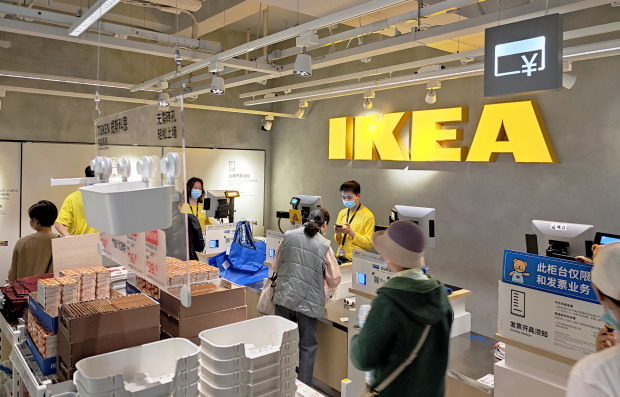
If you've ever shopped at an IKEA store, you know two things. The store is huge, and you meander through, looking at furniture, housewares, bedding and even appliances, and discovering products you didn't know you needed. And maybe you stop into its cafe and enjoy its Swedish meatballs.
But the global chain, which has more than 460 stores in 62 markets, has lately been developing and refining smaller stores in urban settings.
That proved a challenge. The typical IKEA store outside a downtown has about 300,000 square feet. So, for time-challenged urbanites, the stores were laid out like traditional stores, assuming customers wanted products organized in neat rows and sections so they could buy what they wanted and leave quickly.
Assumptions can be wrong, and Ikea heard about it quickly. An IKEA store should be, well, an IKEA store, surveys repeatedly showed.
So, according to The Wall Street Journal, IKEA has been reconfiguring its existing small stores — and designing new small stores — to look like regular IKEA stores, café and meatballs included.
And, while you can't buy, say, a sofa and take it with you, you can order it.
San Francisco bets on an IKEA store
A new store in San Francisco, opened in late August, has just 52,000 square feet but has the classic IKEA look-and-feel in a three-story layout. The cafeteria is on the third floor. And it seems popular. An Axios reporter wanted to try the meatballs and discovered a waiting line outside.
The hope is that San Franciscans will love the location. Otherwise, they have to drive across the San Francisco-Oakland Bay Bridge to get to company's Emeryville store.
The city of San Francisco, plagued by other retailers closing stores, was thrilled to land IKEA. There had been brief consideration of turning the-then vacant building into a homeless shelter, The Washington Post noted.
IKEA has been around since 1943 when 17-year-old Ingvar Kamprad started selling pens and wallets in Sweden. He moved into furniture in 1948 and started adding stores around Europe. IKEA arrived in the United States in 1985.
Kamprad, who died in 2018, became a billionaire in the process. The marketing concept worked with inflation-weary consumers.
The company, now the Inter IKEA Group, is based in the Netherlands, but its operations are all franchised. Inter IKEA Group handles product design, marketing, logistics and distribution and manufacturing.
By far the largest franchisee is the Ingka Group, also based in the Netherlands.
The ultimate corporate owner is the Inter IKEA Foundation, set up by Kamprad for charitable purposes and to preserve the company's independence.
Systemwide, revenue was about $45 billion in 2022 and has jumped 328% since 2001. Profits fell 50% in 2022, however, because of higher supply and logistics costs and the effects of the Ukraine-Russia war.
And in case you were wondering, here's what IKEA means. The first two letters are founder Kamprad's initials. The E stands for Elmtaryd, the farm where he grew up. The A stands for Agunnaryd, the nearby village.







